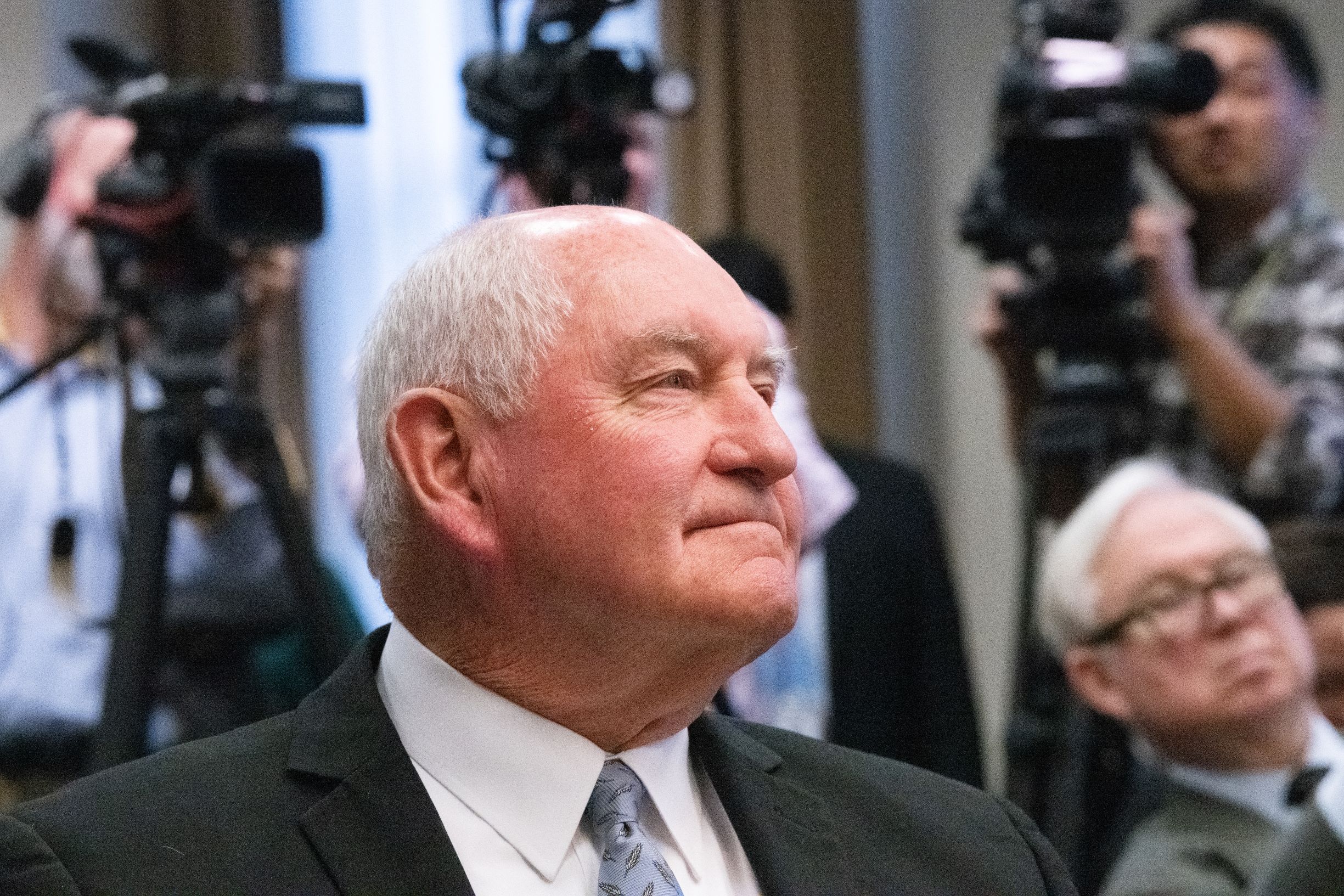On October 15, 2019, the Trump Administration EPA proposed a new method of estimating the amount of gasoline and diesel that would be exempt from biofuel blending requirements due to exemptions for certain refineries. Offered through a Supplemental Notice, the calculation would be used to increase the amount of biofuel that is blended into transportation fuel by accounting for and offsetting any exemptions granted to small oil refiners. However, the calculation has not been well received by many in the biofuel industry who believe the method of calculation is illogical and will result in less biofuel use than other methods.
The calculation would play an important role in the Renewable Fuel Standard (RFS) program. The RFS program requires national fuel production to include a minimum amount of renewable fuel every year, as established by EPA. Refiners and importers must meet this baseline by blending increasing volumes of biofuels into transportation fuels, unless an exemption is granted by EPA. Small refiners that face financial hardships in meeting the requirement may be granted an exemption from obligations under the RFS program on an annual basis. Small Refinery Exemptions (SREs) effectively reduce the amount of biofuel required to enter the nation’s fuel supply by exempting a percentage of the total RFS renewable fuel mandate for a given year.
The Trump Administration’s newly proposed calculation purports to offset the amount of biofuel lost through these exemptions. It would base the amount of relief on three-year averages of the numbers of exemptions recommended by the Department of Energy (DOE).
The decision to rely upon DOE recommendations rather than actual exemptions granted by EPA is primary source of controversy. The distinction between these data points is important. When evaluating a petition for an SRE, EPA refers the petition to DOE for a recommendation on what relief, if any, should be granted. After receiving the DOE recommendation, the EPA Administrator must determine whether the small refinery petitioner would suffer economic harm and, if harm is found, grant the necessary relief. Congress has previously directed EPA to follow DOE recommendations on SREs. However, EPA has not been abiding by DOE’s recommendations, instead granting full relief to small refineries when DOE recommended 50% relief. Considering EPA’s disregard for DOE’s recommendations on SREs, the proposed calculation appears to be at odds with its intention to boost of biofuel consumption.
The new proposal follows several years of growing tension between biofuel producers and the Trump Administration. The outcry began last year, after the Administration granted thirty-five small refinery exemptions for compliance year 2017, a number significantly higher than past administrations. The Administration compounded the ire of the corn and ethanol producers when, in August, it granted thirty-one small refinery exemptions for compliance year 2018. The eighty-five exemptions granted within the Administration’s tenure have removed four billion gallons of corn-based ethanol from the market, severely impacting corn producers who rely on the ethanol industry.
The Renewable Fuels Association (RFA) has denounced the Trump Administration’s continued grant of waivers to prosperous petroleum refiners. To illustrate the impact on rural communities, RFA noted the recent shuttering of 13 ethanol plants—attributable to the decreased demand—that had “supported more than 2,400 jobs” and purchased “nearly 300 million bushels of corn.” The waivers, which were issued against the recommendations of the Department of Energy, were also criticized by Senator Chuck Grassley (R-Iowa), who, when asked to share his thoughts, said, “They screwed us.”
In July of this year, EPA issued a proposed rule, Renewable Fuel Standard Program: Standards for 2020 and Biomass- Based Diesel Volume for 2021, Response to the Remand of the 2016 Standards, and Other Changes, which would establish future industry-wide biofuel blending requirements. Biofuel organizations heavily criticized the rule for hampering ethanol production and failing to reallocate the loss of renewable fuel consumption caused by waivers.
In response to the outcry, President Trump scheduled a meeting with Department of Agriculture and Environmental Protection Agency officials to create a plan to increase biofuel consumption. After the meeting, President Trump announced via tweet that farmers would be given a “giant package” for ethanol. The Administration then announced, ahead of the October Supplemental Notice, that it would ensure that more than fifteen billion gallons of ethanol would be blended into fuel in 2020.
The corn and biofuel industry immediately applauded the announcement: “We thank President Trump for hearing the concerns of ethanol producers, farmers and consumers across the country. The plan announced today takes a crucial step toward repairing the damage done by EPA’s small refinery waivers.” Officials echoed the sentiment: “President Trump has made clear that he is an ally of corn and soybean farmers as well as ethanol and biodiesel producers,” Senator Grassley said in a statement on the deal. “He is fighting for the farmer. This announcement is great news for Iowa, the Midwest and the entire country.”
On October 15, the Trump administration issued the Supplemental Notice with the new calculation method (described above).
In a swift reversal, the corn and biofuel industry attacked the policy. The National Farmers Union pointed out that the use of actual averages would have increased the amount of biofuel consumption by approximately 1.35 billion gallons per year, while the use of recommended averages will increase it by just 770 million gallons. The RFA’s President and CEO Geoff Cooper pointedly criticized the Trump Administration’s plan to rely on DOE recommendations that it has repeatedly ignored. Senator Tina Smith (D-Minn) expressed her disapproval, calling the proposal “a bait and switch.”
Despite the blowback, administration officials have continued to say the fifteen billion gallon target will be met.
EPA held a public hearing on October 30 and took comments on the Supplemental Notice until November 29.


